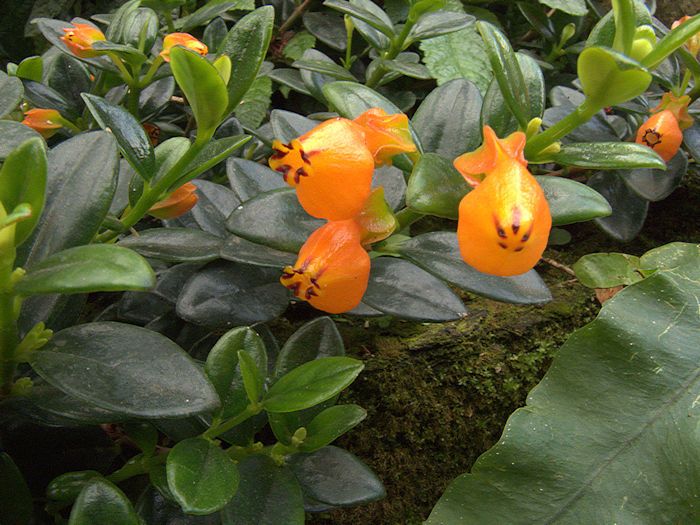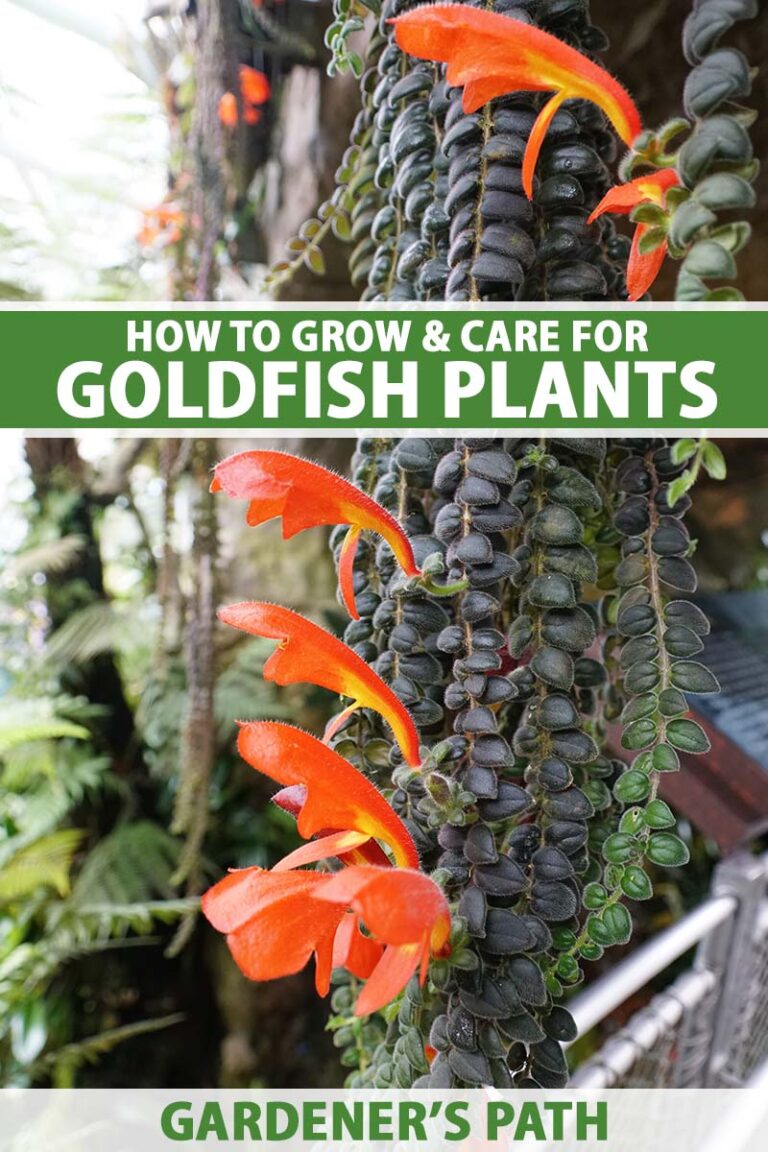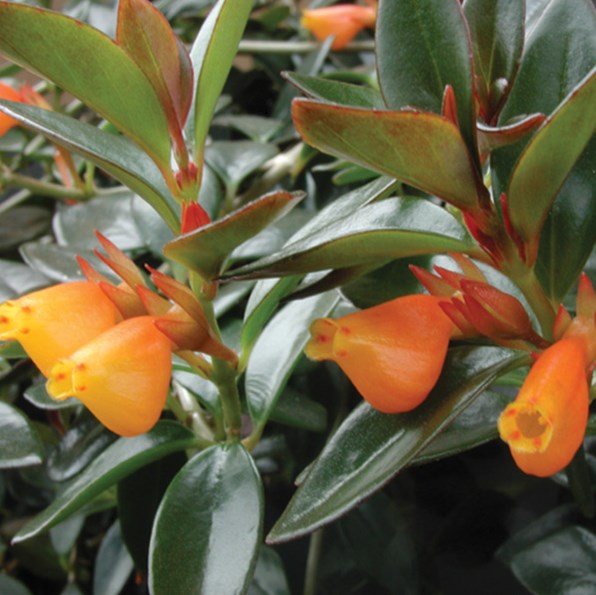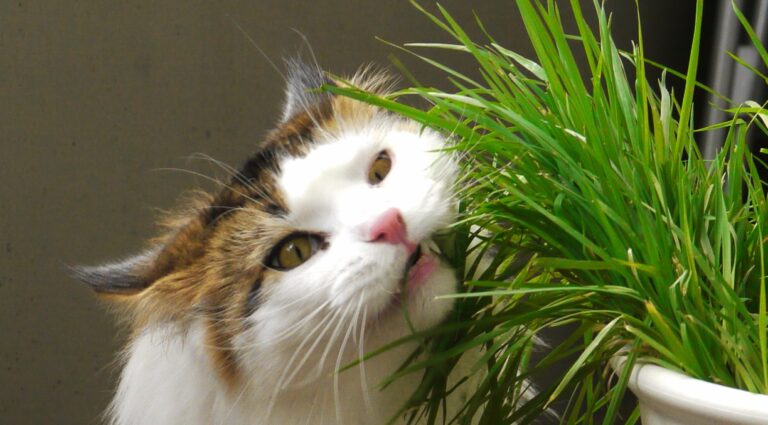Goldfish Plant Care Basics
When it comes to goldfish plant care, providing the proper environment is essential. Here’s what you need to know about lighting, watering, and temperature requirements for your goldfish plant.
Proper Lighting Conditions
Goldfish plants thrive in bright, indirect light. It’s best to place the plant near a window that does not receive full sun exposure, or use a plant lamp to create an optimal lighting environment (Southern Living). The ideal locations include east or west-facing windowsills or spots positioned a few feet away from a south-facing window (The Gardening).
| Lighting Conditions | Recommendation |
|---|---|
| Type of Light | Bright, indirect light |
| Ideal Locations | East/West-facing windowsills, near south-facing windows |
| Direct Sunlight | 2-3 hours daily |
Additionally, goldfish plants benefit from being slightly pot-bound, promoting greater vigor and better flowering (The Spruce). Adjust lighting seasonally to ensure adequate exposure. Learn more about the proper goldfish plant light conditions.
Watering Guidelines
Watering is crucial for goldfish plant health. Generously water the plant during the summer while keeping the soil continually moist. In winter, reduce watering and allow the soil to slightly dry out to prevent root rot. However, avoid letting the soil dry out completely (The Spruce).
| Season | Watering Frequency |
|---|---|
| Summer | Generously, keep soil moist |
| Winter | Reduce watering, let soil slightly dry out |
For example, a black goldfish plant requires approximately 0.5 cups of water every 9 days when not in direct sunlight and potted in a 5″ container (Greg App). Check our goldfish plant watering article for additional tips.
Temperature and Humidity Requirements
Goldfish plants prefer room temperatures between 65 to 75 degrees Fahrenheit and require mild to moderate humidity. This can be achieved by misting with room-temperature water or using a humidifier.
| Temperature Conditions | Recommendation |
|---|---|
| Preferred Temperature | 65 – 75°F |
| Humidity | Mild to moderate (increase with misting/humidifier) |
It is important to maintain consistent temperatures and avoid fluctuations, cold snaps, or extreme winds. Misting the foliage or placing the plant in a naturally humid environment can help boost humidity levels. Read more on goldfish plant humidity care.
Advanced Care Tips
Repotting Instructions
Goldfish plants thrive best when they are slightly pot-bound, showing greater vigor and producing better blooms. Repotting should be done every two to three years to maintain optimal growth. It’s important to use a suitable potting mix, such as a succulent mix, which offers the roots enough room and air.
Steps for Repotting a Goldfish Plant:
- Select a Pot: Choose a pot that is one size larger than the current one. For more information on selecting the right pot size, visit goldfish plant pot size.
- Mix Preparation: Use a succulent potting mix to ensure good drainage and aeration. For details on suitable soil mixes, check goldfish plant soil mix.
- Remove the Plant: Gently remove the plant from its current pot, being careful not to damage the roots.
- Examine the Roots: Trim any dead or rotting roots before placing the plant into the new pot.
- Placement: Place the plant in the new pot and fill in around it with the succulent mix. Lightly press the soil to secure the plant.
- Watering: Water the plant thoroughly after repotting, ensuring the excess water drains out.
Dealing with Common Issues
Goldfish plants, while generally hardy, can face a few common issues that need attention.
Yellow Leaves:
- Yellowing leaves often indicate overwatering, which can lead to root rot. To address this:
- Check if the soil is soggy. If so, replace it with dry soil to prevent further root rot.
- Reduce watering frequency. For detailed watering guidelines, visit goldfish plant watering.
Leaves Falling Off:
- Leaves falling can be a sign of inadequate light or sudden changes in the environment. To mitigate this:
- Ensure the plant receives proper lighting. Learn more about light requirements by visiting goldfish plant light.
- Maintain consistent temperature and humidity. Check goldfish plant humidity for optimal conditions.
Leggy Growth:
- A leggy appearance might indicate a need for pruning or better lighting. Steps to manage leggy growth:
- Place the plant in bright, indirect sunlight. For further details, see goldfish plant sunlight.
- Regularly prune the plant to encourage dense, healthy growth. For tips on dealing with legginess, visit goldfish plant leggy.
Brown Stems:
- Brown stems might occur due to poor drainage or fungal infections. To resolve this:
- Ensure the pot provides good drainage.
- Check for fungal infections and treat accordingly. Find more about the issue on goldfish plant stems turning brown.
By following these advanced care tips, you can ensure a healthy, thriving goldfish plant that continues to add beauty to your space. For additional help with issues like budding and blooming, explore our articles on goldfish plant bloom and goldfish plant flowers.




